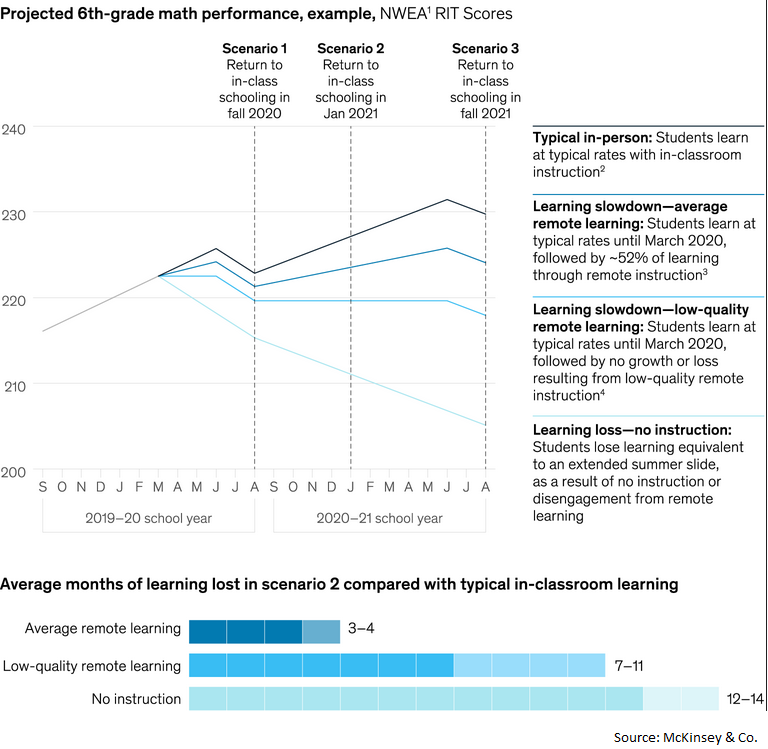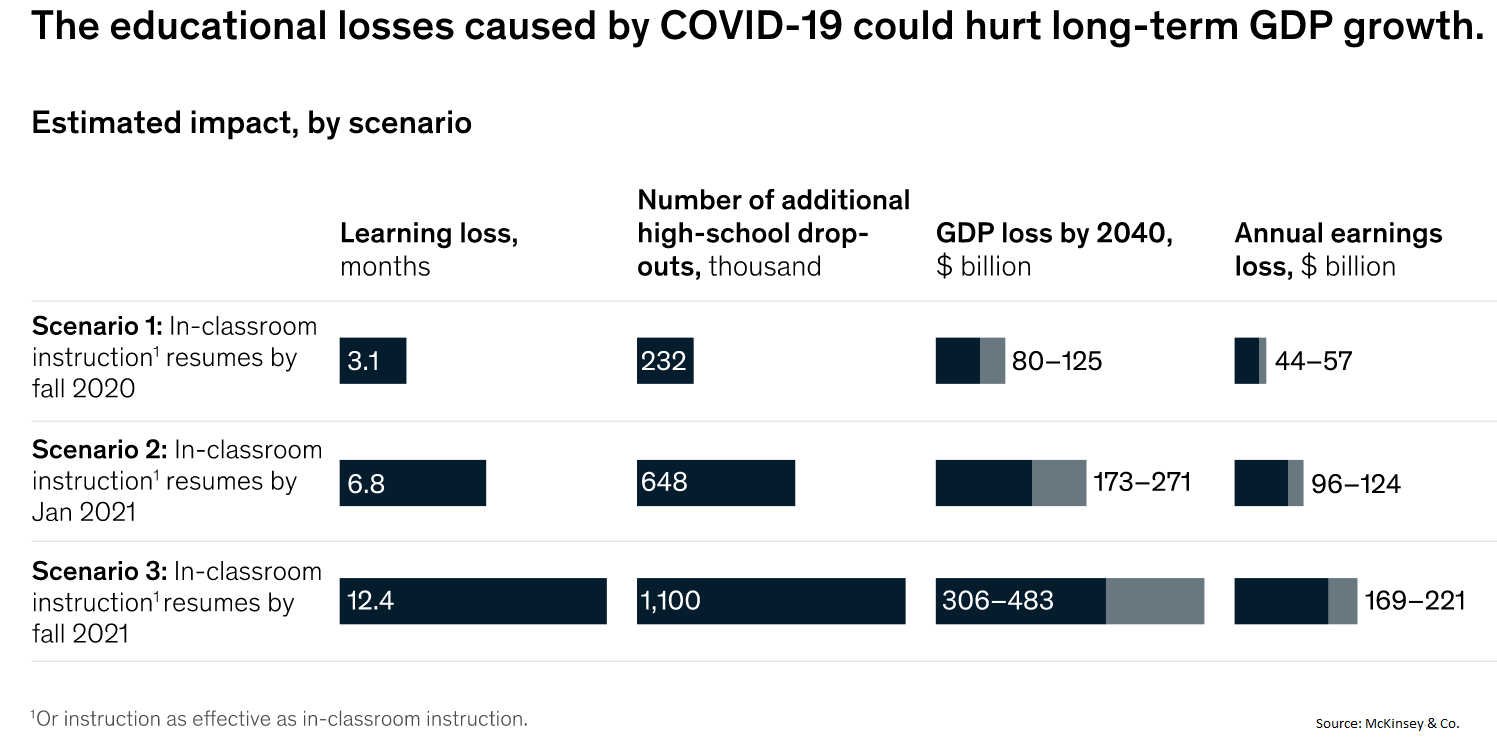Online Education - 'Right'ing the Privilege →
As we have been watching over the years, quality education no longer requires us to move to a different city to attend a quality university. It is available right on our smart device. With several universities around the world having some set of courses that are offered online and with the growth of several companies like Udacity, Coursera, Udemy and the like offering MOOCs (Massive Open Online Courses) the scale of reach for quality education is also much bigger - after all no university classroom is equipped to handle a million students simultaneously. So it is fair to say that anyone anywhere can get access to quality education right at their fingertips. Or is it? Are we missing something else?
The COVID pandemic has exposed the inqualities, not only in employment but also in access to quality education. With several schools shut, the only options several schools have is to deliver their courses online. While many schools themselves are not well equipped to deliver education as a digital service, many more students and their households do not have the means to provide them with the necessary infrastructure.
In a study, McKinsey & Co. compared 6th grade performance under different scenarios - returning to classrooms in 2020, early 2021 and mid 2021 and the results are shocking. The report also computes the average months of learning lost, due to low-quality remote learning, to be about 7-11 months even if schools open in early 2021 for in person learning.

The report also says that this can have a drastic impact on the future of students and thereby the GDP of the country, due to many students dropping out of school due to their inability to access education.

And these results might just be the tip of the iceberg. Even if the government is able to subsidise infrastructure needs for online education over the next several months, that alone is not going to solve the problem. The dynamics of online education, especially for younger children, have many challenges:
- There is a certain energy that is brought about by many teachers in the physical classroom, that motivates students to listen and learn. This is difficult for many teachers to replicate online.
- Just as not every YouTube video is interesting not every subject is going to be equally interesting when listened to online.
- Attention span of students away from a regular, formal school environment is going to be different (lower) and this would reduce the learning experience as well as the knowledge gained.
- Many schools and teachers may not be proficient or may not have the workforce to deal with the many system administration issues that need to be tackled in real-time for delivering classes online.
- Accessing such online education also requires relatively stable devices - even if chromebooks are relatively cheaper, many households - especially in the developing world where tablets and chromebooks are still a discretionary expense.
- Many parts of the developing world also do not have the necessary internet infrastructure to handle streaming videos at a large scale. Note that the number of students in a class in the developing world is also large.
- Moving from blackboard teaching to digital content creation takes time and it is not always easy.
- Some topics, like biology or chemistry labs, just cannot happen through remote learning.
- Students with learning disabilities would need the teacher in person in order to be able to learn
Given these various challenges and the data and projections provided in McKinsey & Co.’s report, it is fair to say that (online) education is still a privilege and not a right. What possible solutions could local governments, corporations and teachers come up with?
Governments could fast track the implementation of broadband networks, possibly by subsidising companies to do so in case the government is not able to do it themselves. Many other services, besides education, rely on efficient internet infrastructure and in the years to come, the number of services dependent on such infrastructure is only going to increase. They could also provide low income households with computing devices so that they can access education when delivered digitally. This reminds me of the days when state governments in India provided bicycles to students in government schools so that they can commute and access education provided in far away schools.
Corporations could make devices exclusively for school students. These need to be rugged, inexpensive and with a long battery life. In order for this to be feasible as a business, corporations could:
- Make the devices modular so that one could collect back damaged or older devices, recycle the parts into refurbished devices.
- Sacrifice non-essential elements that add up to the price (like different sets of fancy ports, etc.) for longer battery life and higher quality.
- Partner with school districts to loan such devices which could be collected back periodically for refurbishing.
- Collaborate on creating uniform content creation tools that would enable the teachers to create interesting content faster.
- Help teachers create engaging content from their knowledge of YouTube or Coursera views and feedback.
Teachers could learn to create engaging digital content - stories, animations and charts that would capture the interests of students, increasing their attention span even when in an environment different from regular classrooms. Teachers could:
- Collaborate and share content so that they can spend more time focussing on students’ development and learning than creating content.
- Collaborate and share best practices so that new teachers or even volunteers can get better at keeping the students engaged and teach.
There is also a big role parents play in such situations, along with teachers. These are extraordinary times - while technologies like Zoom and Cloud computing allow many of us to work remotely, education is one domain where despite technological advancements several challenges remain to be solved.